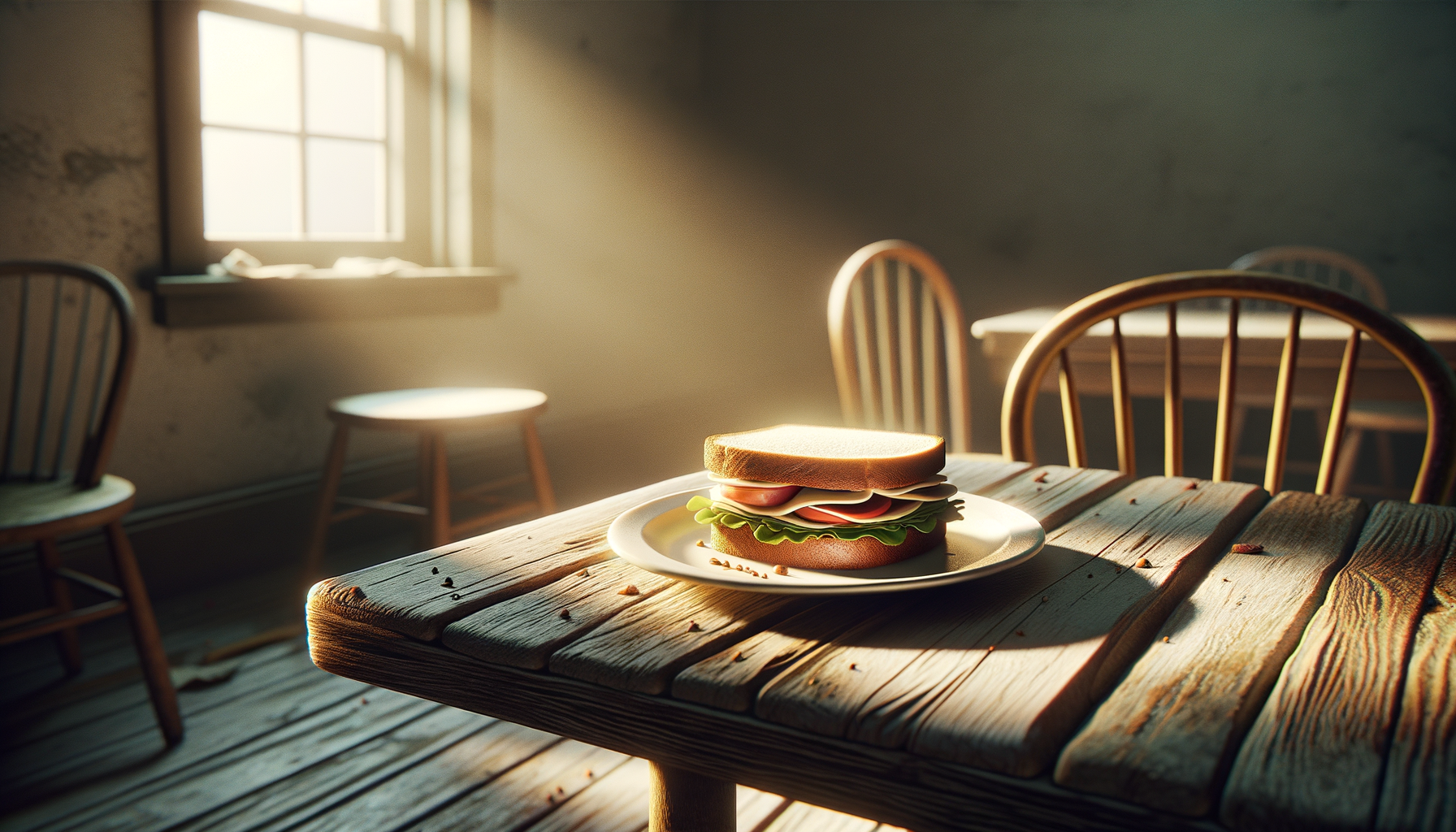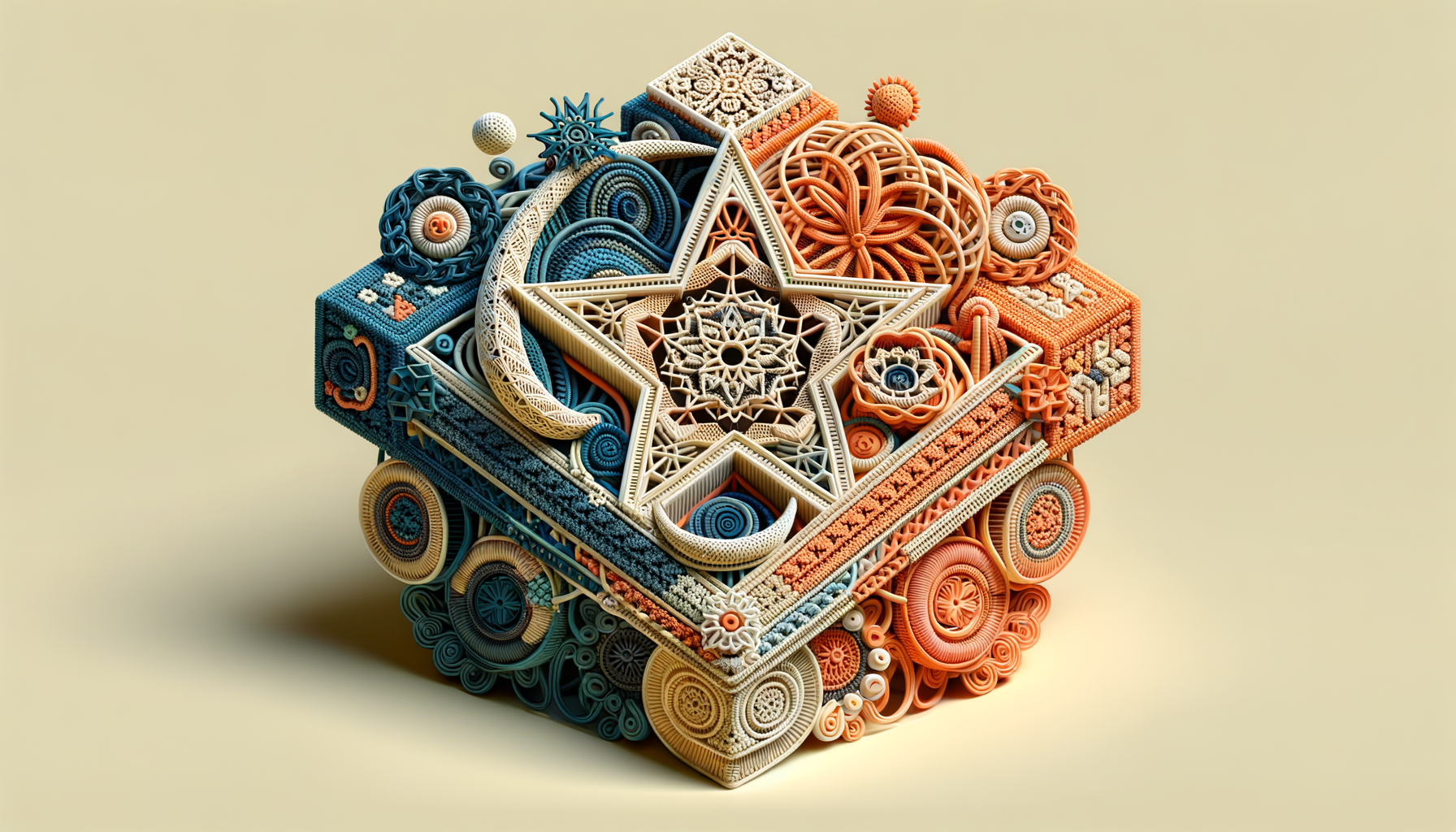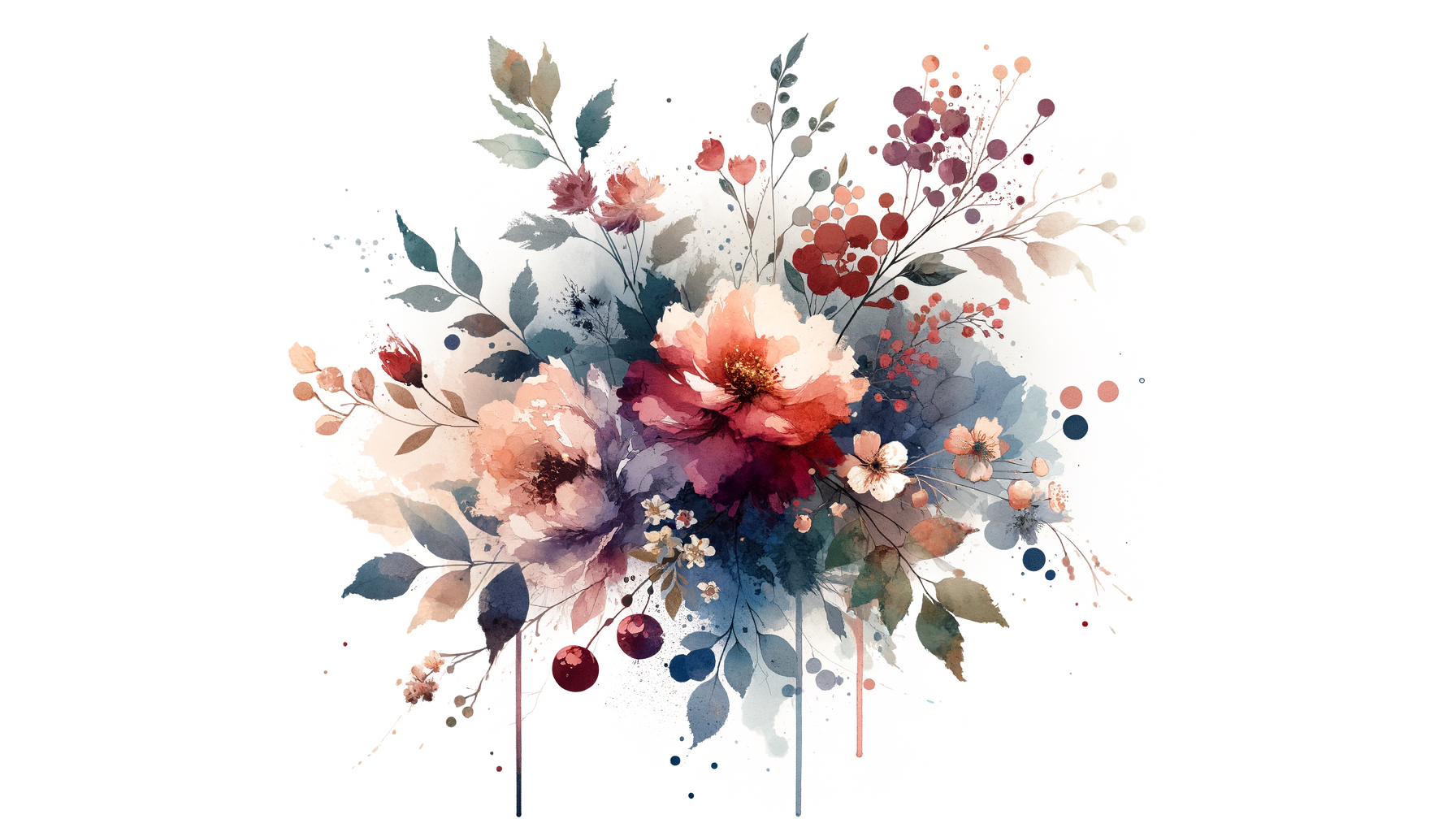You Wouldn't Believe What a Broken Teapot Taught Me About Relationships
The Day of the Great Teapot Massacre
Picture this: It was a Sunday, one of those lazy mornings where the light spills through the blinds just right, and the world feels slow enough to savor. I was making tea—nothing fancy, just the bagged kind because my loose-leaf ambitions have yet to materialize. We have this old teapot, a wedding gift to my parents in the '80s when Kingston weddings dripped with the glamour of beige tuxedos and shoulder-padded gowns. My mom brought it out of a cabinet once I moved into my own place, handing it to me like a secret heirloom. "Take care of this," she said.
The teapot was fragile, certainly not designed for a klutz like me. And in a moment of distracted clumsiness, reaching past it for honey, my arm swung wide, and—boom!—it tumbled off the counter onto the tile floor. Porcelain shards exploded everywhere. What had once been whole was now a crime scene, staring at me in accusing silence.
I froze. It's just a teapot, right? But as I crouched down, gathering pieces and fighting the surge of guilt about breaking something tied to my family, my mind wandered to surprising places.
I stared, half-hearing Bob Marley’s “Redemption Song” humming from my Bluetooth speaker, reflecting on how we—all of us—try to hold onto perfect things long after their usefulness or wholeness remains intact. Could this teapot—the busted and meaningless artifact of that moment—have something big to say about relationships? Stay with me on this one.
Cracks Happen: Perfection Is a Lie
Here’s the thing: most of us enter relationships dreaming of an unbreakable bond. The flawless partner. The perfect “how we met” story. That idea of never feeling unheard or unseen—TikTok-worthy dates and uninterrupted “good vibes only” energy. And much like my poor teapot, we want to preserve this shiny, unblemished ideal, keeping it safe on a pedestal.
But, spoiler alert: cracks will happen. One awkward conversation turns into a lingering doubt. A small misunderstanding grows into a funk. And when those cracks show up, the instinct for many of us (my past self included) is to panic. “It’s broken. It’s ruined.”
If I’ve learned anything—from watching my parents navigate decades together, from stumbling through my relationships (and their spectacular failures)—it’s that expecting perfection is how we sabotage something beautiful before it even gets started.
Take my college girlfriend. Brilliant, passionate, and a pro at quoting Toni Morrison mid-conversation. We met in an African Lit class and hit it off like sparks meeting dry leaves. But two years in, when grad school stress arrived, communication broke down. Rather than work through where we’d gone wrong, my response was essentially: “Wel—p, it’s broken. Let’s call this off before things get messier.”
Relationships don’t shatter because of the cracks. They shatter because we don’t know how to make peace with their imperfections.
Lessons from Kintsugi: Embracing the Beauty of Repair
Here’s where that teapot comes back into play. After gathering up the broken shards, my first impulse was to chuck the whole thing and replace it with a shinier, newer model from Amazon. But then I remembered something I’d read about kintsugi—the Japanese art of repairing broken pottery with gold, turning the cracks into features rather than flaws.
It turns out, applying that golden glue to love can be just as transformative. Here’s how:
-
Acknowledge the Break
Pretending it never happened—or worse, sitting in denial—doesn’t serve anyone. Speak it out. Talk (even when it’s uncomfortable). Admit where you fell short or misunderstood one another. The “crack” is where growth begins. -
Scrap the Fantasy of Perfection
Relationships aren’t Instagram reels in real life. They’re messy, frustrating, and sometimes more about stumbles than triumphs. Learn to value the day-to-day work. It’s less about fireworks and more about steady, persistent care. -
Make Repairs Visible
Here’s where humility and open vulnerability enter. Repairs don’t work when hidden under the rug. Name what happened, celebrate the effort to fix it, and let those mended places become reminders of your resilience.
Putting the golden glue of effort into relationships doesn’t mean ignoring deep incompatibilities or harm (toxic situations deserve boundaries, not kintsugi), but it does underline a critical truth: healing brings more wisdom—and beauty—than hyper-vigilantly avoiding damage ever could.
Actionable Takeaways Because Let’s Be Real, We Need Them
-
Keep Tools Handy – No relationship survives on good intentions alone. Develop systems for talking openly. Whether it’s a weekly “check-in” tradition like my married friends swear by, or prioritizing couples therapy when needed, prepare for the storms before they hit.
-
Laugh at the Spills – Humor is literal relationship glue. When you can laugh about small messes or quirks, they lose power to become big problems. Pro tip: My dad and mom still rib each other about my dad trying to cook ackee while sleep-deprived (he mistook dish soap for salt). They fought back then, but now? Comedy gold.
-
Turn Breakdowns into Next Steps – Every big argument or mishap is a chance to build a roadmap. Disconnected? Schedule intentional time together. Disrespected? Talk through boundaries and expectations. It’s not just about saying “sorry.” It’s asking: “What’s next?”
The Teapot Lives Again
I pieced that teapot back together—not perfectly, but well enough. I used a ceramic epoxy, and while there’s no gold (yet), the cracks now remind me of what it represents.
In the same way, I stopped seeing a breakup or a bad date as something “broken beyond repair.” Instead, they’re lessons in resilience—the kind of humble endurance my parents modeled every time money got tight or their differing opinions left them at frustrating odds. It turns out, love isn’t always this wild, all-encompassing force you wrestle into submission. Sometimes, it’s the quiet art of showing up again and again, even when things feel irreparably flawed.
So, whatever your “relationship teapot” looks like—flawed, repaired, glued-up, and barely standing—know this: the beauty isn’t in never breaking. It’s in the moments you pause, reflect, and choose to rebuild with care, understanding, and a little golden glue.
And if things ever feel daunting, remind yourself: Even Beyoncé insists “we ain’t perfect, but we’re worth it,” and who knows more about fixing things—teapots or relationships—than Queen Bey?



















